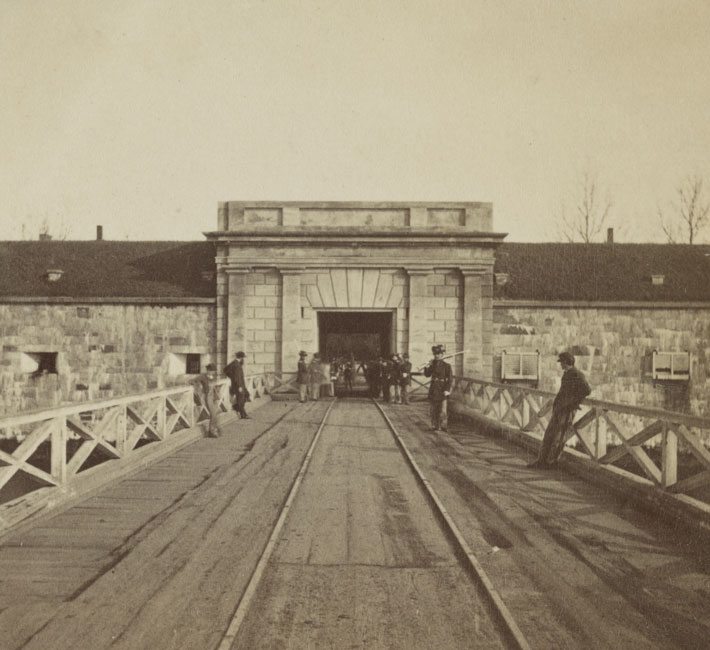Grand Contraband Camp
 The entrance to Fort Monroe
The entrance to Fort Monroe
The Grand Contraband Camp was located off Armistead Avenue in Hampton, Virginia. The residents of Hampton fled due to the burning of the city. Former slaves built a community and lived there in hopes of waiting for their freedom. This community was built off of runaway slaves who sought refuge from their slaveowners. It was the first largest self-contained black community. During the Civil War, slaves ran to the contraband camp in hopes of freedom. Major General Benjamin F. Butler, who was in charge of the camp, was a lawyer who knew how to lawfully claim these slaves as 'contraband' hence the name we know today. Slaves came from North Carolina and Maryland in seek of refuge at Fort Monroe, these slaves were assets to the Union in terms of labor. The community of blacks was able to build homes out materials from the city ruins.
 Emancipation Oak
Emancipation Oak
Hampton University sits on part of the site and has a plaque in remembrance of the community. The Emancipation Oak tree is where Mary Peake, a free Negro, held the first class for blacks even though that was against the law. That oak still stands today as a symbol of adversity and defying all odds. It is located near the entrance of the campus.
The slaves and their descendants of the Grand Contraband Camp contributed a lot to the good of the community. These contributions led to the building of Hampton University. It is rich in history and it isn't well known to the local population who live in Hampton Roads. The history of this community is uplifting and shows how strong a community can band together and make something out of nothing. The history, the contributions, and the sense of community is what makes the Grand Contraband Camp a token in the history of Hampton Roads.


